Cabasse Pearl Keshi review: Doesn't shine like a diamond
This 2.1 system certainly looks the part, but can it play the part to make its asking price acceptable?
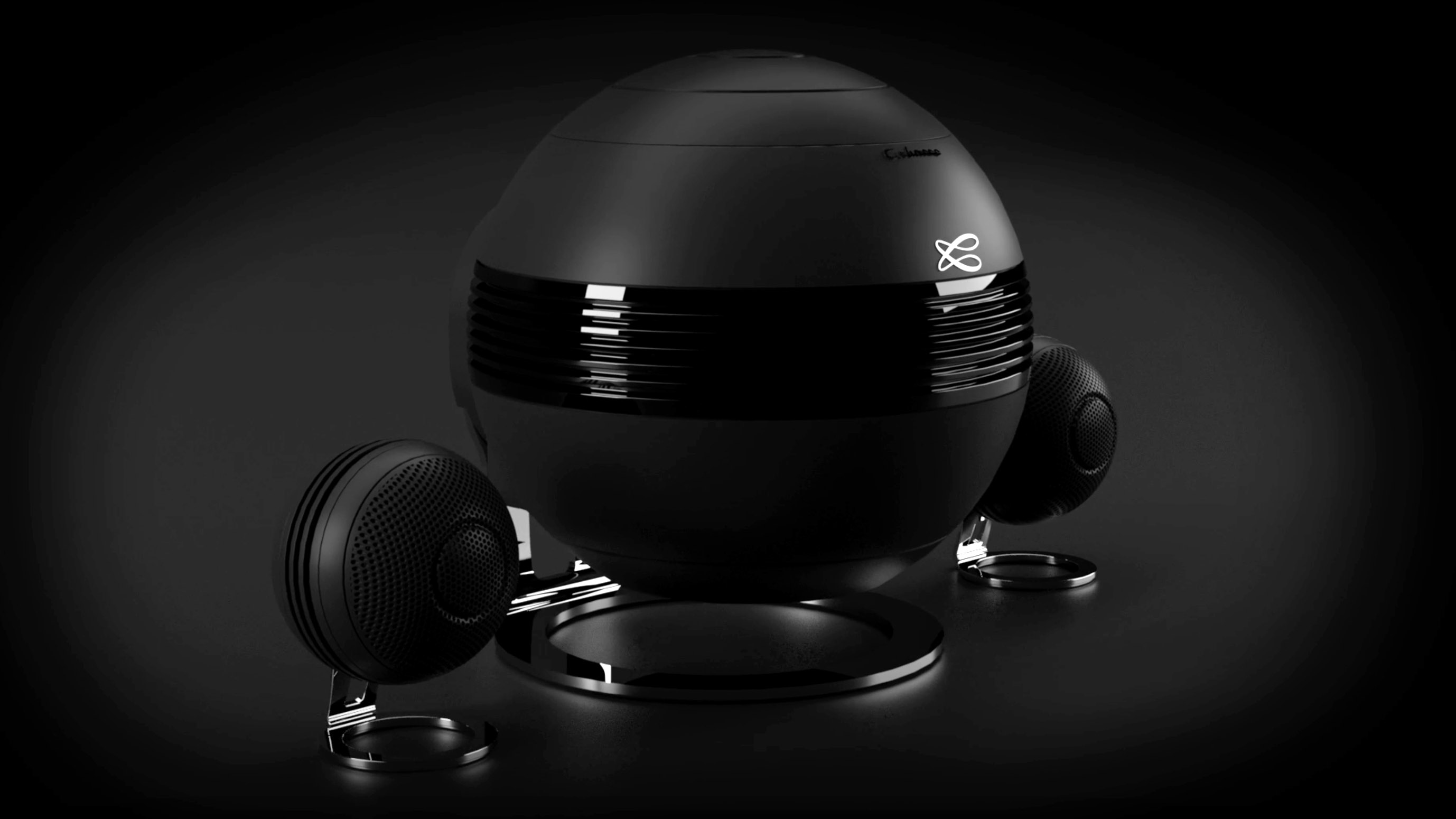
Assuming you like its style, then the Cabasse Pearl Keshi turns out to be a triumph of style over substance. It’s a fine idea in principle, and in practice it’s not without its plus points. But the sound it delivers is, frankly, wonky – and on top of that it seems rather expensive too.
-
+
Unique looks, flexible configuration
-
+
Hefty, forceful sound
-
+
Good control app
-
-
Doesn’t look as expensive as it is
-
-
Lop-sided sound
-
-
No HDMI input
Why you can trust T3

In its seven decades and more of existence, the number of products Cabasse has developed that could easily be mistaken for the work of another company could be counted on the fingers of one hand. And it’s safe to say the Pearl Keshi all-in-one 2.1 speaker system we’re reviewing here could only be the work of the French specialist.
Given your money doesn’t buy all that much stuff (at least as far as the visual impression is concerned), Cabasse is betting the house on there being plenty of well-heeled listeners for whom small is beautiful.
Not that ‘small’ applies to the functionality that’s on offer here: Pearl Keshi is a subwoofer-and-satellite-speakers combination with a stack of integrated power, the ability to stream from a local network as well as any number of music streaming services, and inputs for quite a few external sources too.
It looks tempting when written down, doesn’t it? And if it sounds as good as it looks (both on paper and in the flesh), it’ll be ‘job done’. But is this Pearl a diamond?
Cabasse Pearl Keshi review: Price and release date
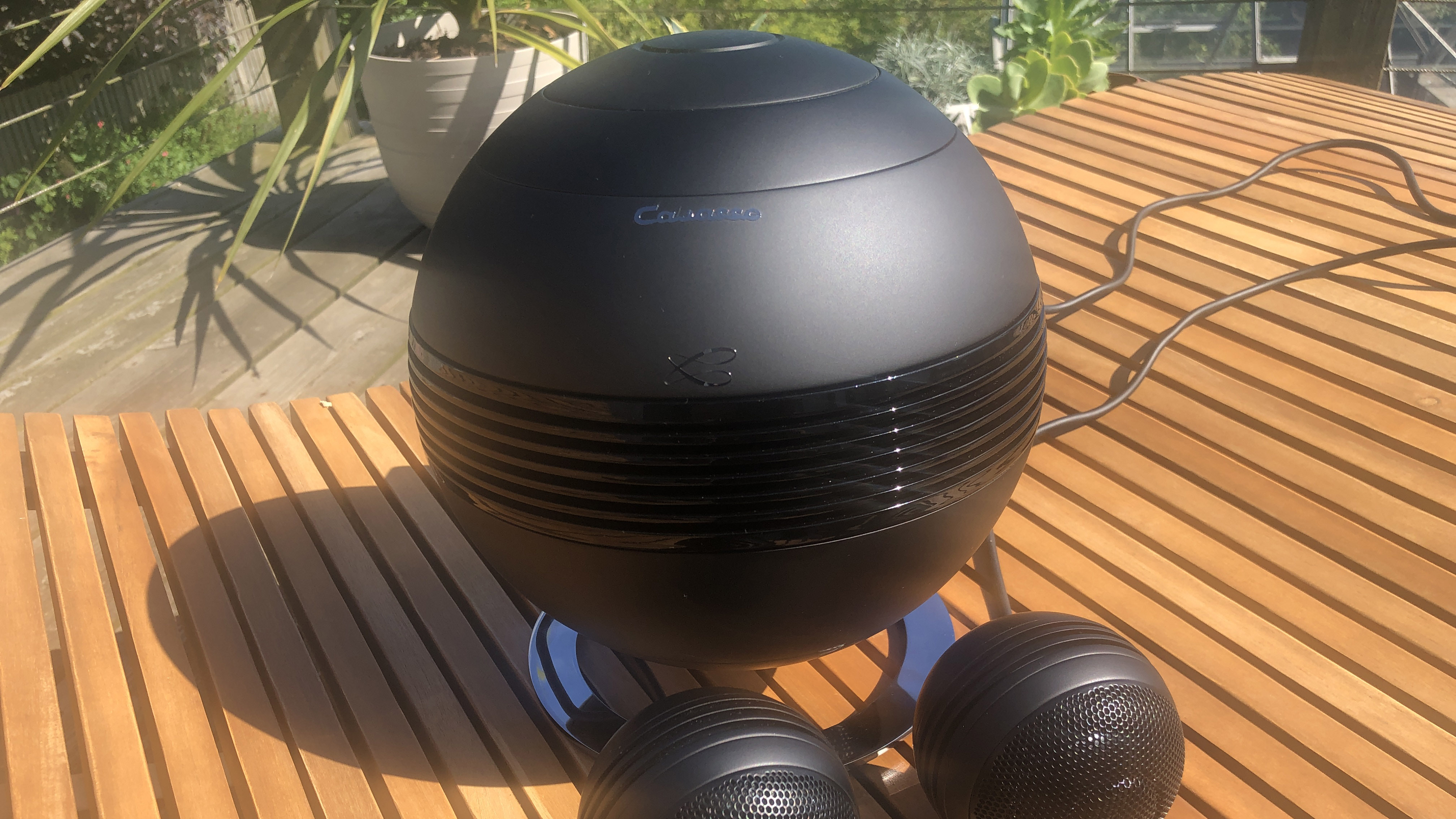
The Cabasse Pearl Keshi is on sale now, and in the United Kingdom it sells for £2299. In the Eurozone it’s €2499, and in Australia the price is AU$4399. At the time of writing there’s no confirmation the product will reach the United States but, if it does (and assuming Cabasse does the decent thing, exchange rates-wise), expect to hand over $2899 or thereabouts.
Cabasse is no stranger to the premium price, of course, but these do seem like big numbers to attach to such a small system. But then again, the Pearl Keshi is an entire plug-and-play audio system… it just doesn’t automatically look it.
Cabasse Pearl Keshi review: Features and what's new?
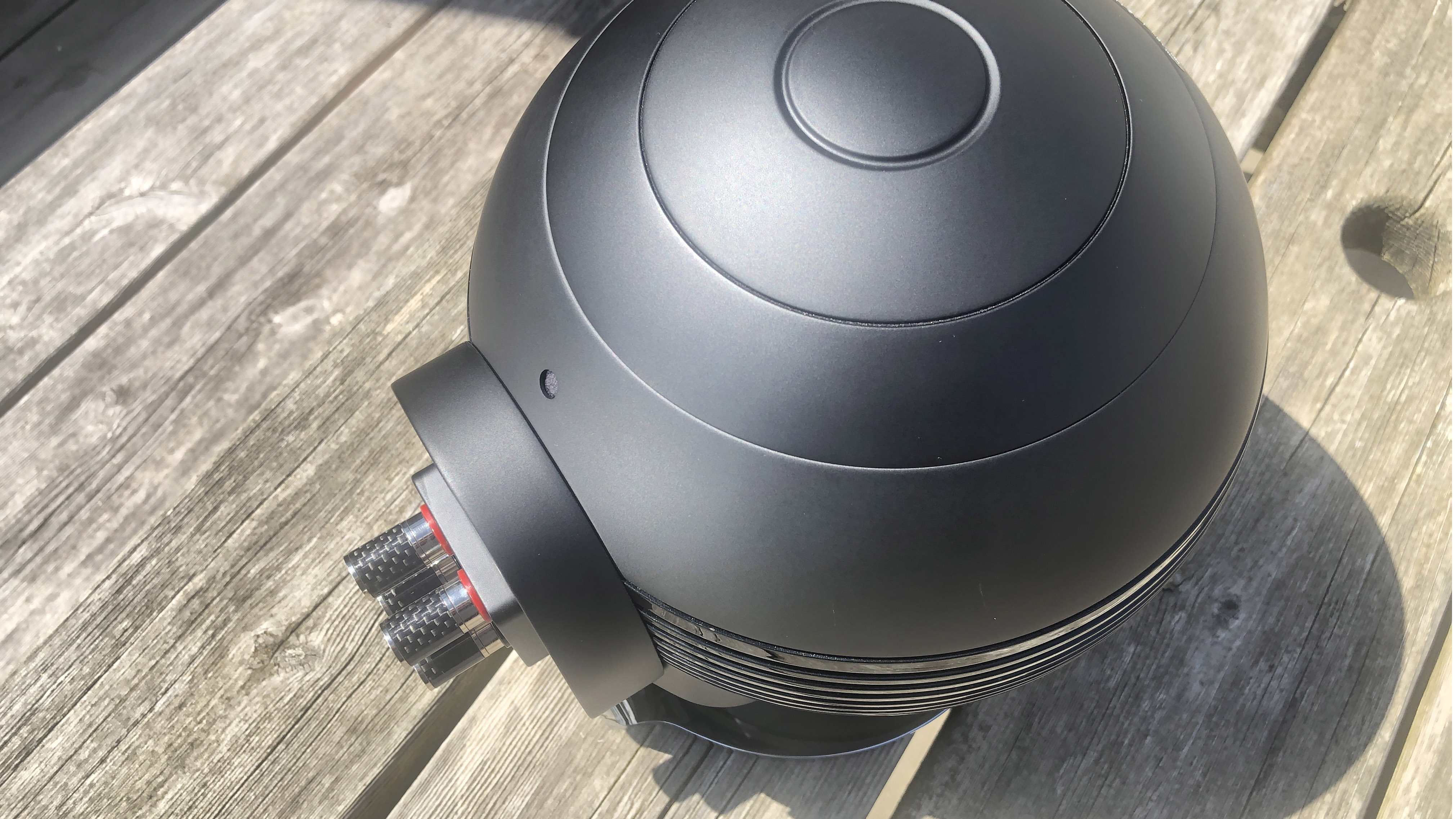
High-end networking self-contained 2.1 speaker systems are pretty new in and of themselves. Sspecially little round ones like this. And you won’t be surprised to learn, given both the brand and the asking price, the Pearl Keshi has quite a few features worthy of mention.
Almost all the heavy lifting is done by the subwoofer here. ‘Subwoofer’ is to understate it somewhat, really, though that’s one of the things it is. It’s also a Class D amplifier turning out over 1000 watts of power (each little satellite speaker gets 300 watts to drive it, the subwoofer keeps 450 watts for itself to drive its 17cm cone).
It’s a Wi-Fi, Apple AirPlay and Bluetooth-enabled music streamer, happy to stream via UPnP or from your favourite streaming service if you prefer (Deezer, Napster, Qobuz, Spotify and Tidal accounts can all be integrated into the control app).
It’s an interface for any external sources you might wish to physically connect (the subwoofer has Ethernet, micro-USB, 3.5mm analogue and digital optical sockets – but no HDMI, which feels like a missed opportunity). It’s a high-resolution digital-to-analogue converter (capable of dealing with digital audio files up to 32bit/768kHz, DSD128 and all major file types).
The satellite speakers are a coaxial design, as is the case in any number of other Cabasse designs. This means the tweeter sits in the throat of the midrange driver – it’s an arrangement that (in theory, at least) offers improved stereo focus and time alignment, and (definitely) allows the speaker cabinet to be small and distinctively shaped.
Cabasse Pearl Keshi review: Performance and sound quality
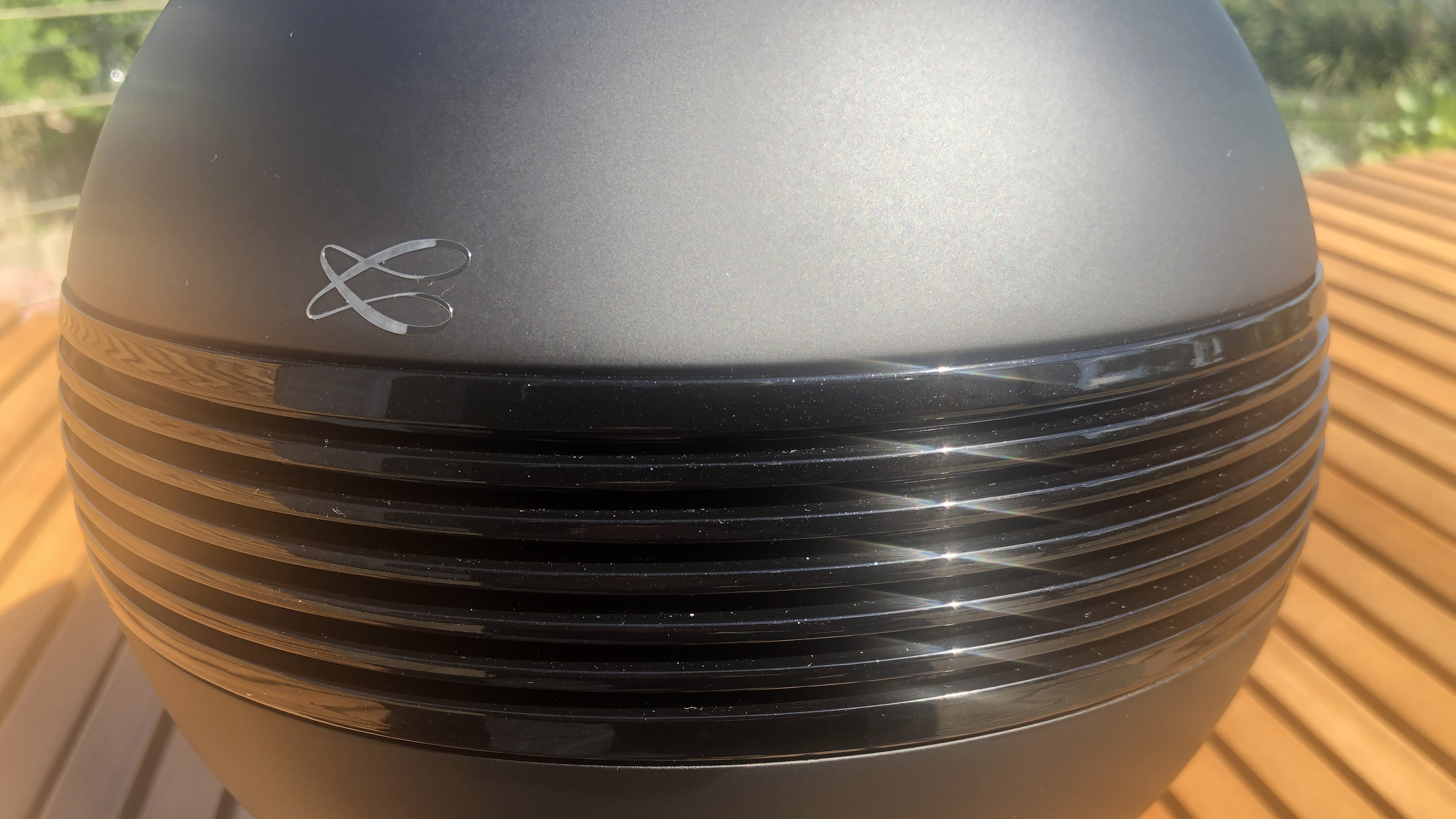
What’s most immediately notable about the sound the Cabasse Pearl Keshi makes is just how burly it is. Perhaps it’s inevitable, given the physical mismatch between the subwoofer and the two satellite speakers, but it’s bass – and plenty of it – that is the signature of this system’s sound.
Mind you, the low frequencies on offer here are properly controlled, straight-edged in their attack and decay and a lot more disciplined than some alternative subwoofers we could mention. Punch isn’t at the expense of detail or texture, either – there’s good variation to low-end sounds and a degree of subtlety too. But what there is, most of all, is generous helpings of wallop.
The crossover to the satellite speakers isn’t seamless. There’s a slight, but definite, concavity in the system’s frequency response where the handover occurs, but once that’s negotiated there’s a similar level of detail and organisation to the midrange and the higher frequencies the speakers deliver.
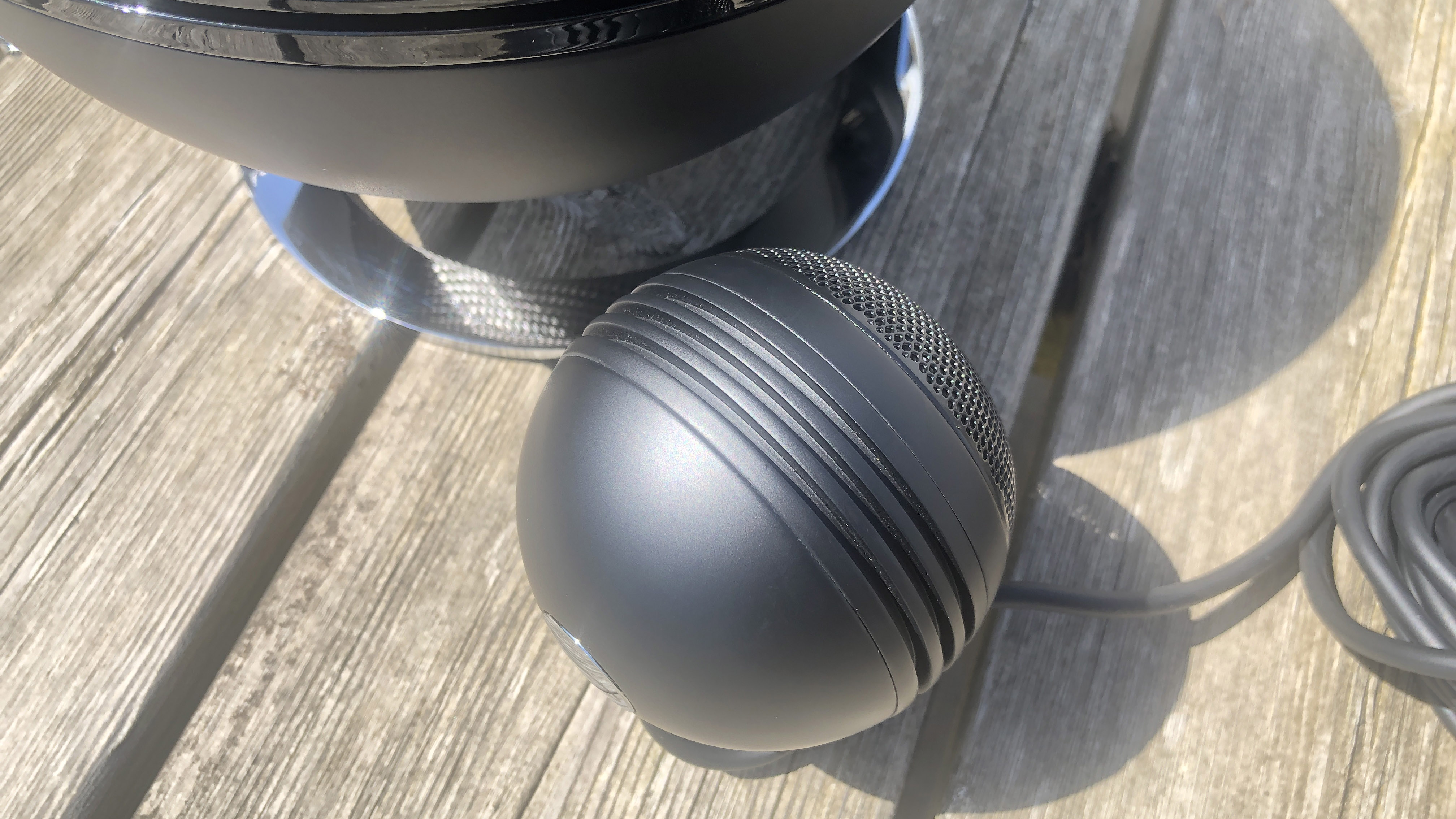
The top of the frequency range glints dangerously, it’s true – treble sounds seem to be constantly on the cusp of unruliness, and when a singer hits the sibilants hard they can sound quite edgy. But in general, the satellite speakers are just as poised and informative as the subwoofer they partner.
They can’t hold their own indefinitely, though. For all that the system’s tonality is even from top to bottom, the emphasis is so skewed towards the bottom end that the overall sonic signature is bottom-heavy – and overtly so. The control app offers a number of EQ presets, but they’re all in vain – the subwoofer fancies itself the star of the show in any and every circumstance.
Dynamic headroom is considerable (as a power output like this often suggests), and the distance between ‘quiet’ and ‘loud’ as described by the Pearl Keshi is considerable. But the Cabasse doesn’t simply get louder, it gets edgier still at the top of the frequency range. And reducing volume is differently problematic, too – the subwoofer isn’t at all keen to hush up, and so when you reduce the output level bass sounds seem to become more dominant than ever.
Cabasse Pearl Keshi review: Design and usability
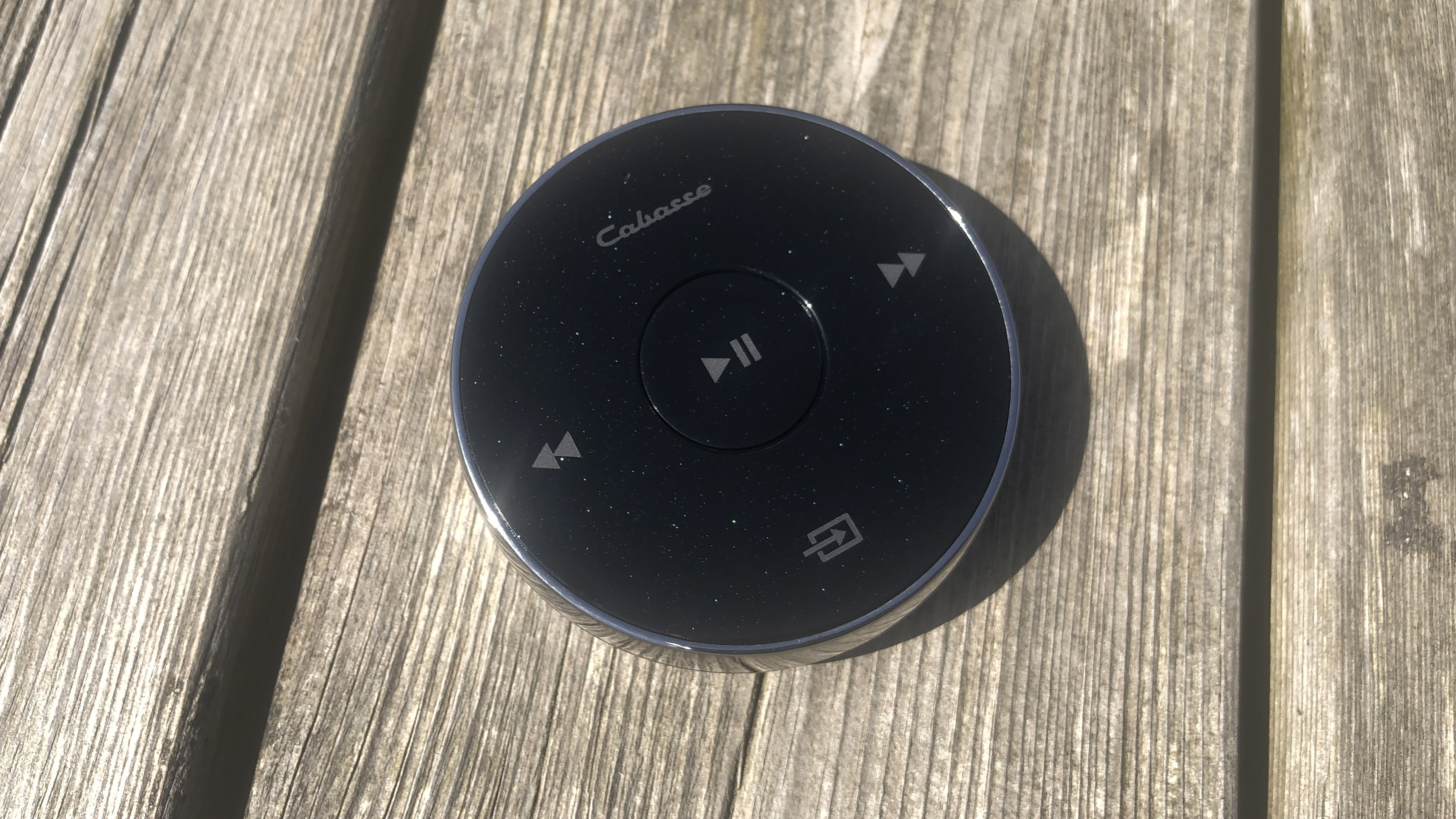
What is definitely not new in the world of Cabasse is The Sphere. The company loves a sphere, which makes its range of speakers as distinctive as the Death Star. The design of Pearl Keshi is textbook Cabasse, just in miniature.
The powered sub/amplifier/brains is just 24 x 22 x 27cm on its stand, and a trim 6kg. The satellite speakers, meanwhile, are just 10 x 8 x 8cm and a flyweight 550g each. The speakers have an integrated stand that clicks through eight different orientations to make sure they can focus effectively no matter where you position them – they can just as easily be attached to the wall as stand on a shelf.
The satellite speakers attach to the rear of the subwoofer using banana plugs, and are hard-wired on 3m of speaker cable. Of course, if you don’t want to put the speakers that far from the subwoofer, you’re left with a lot of cable to conceal – it’s a shame the cable isn’t detachable at both ends.
Pearl Keshi can be yours in matte black or matte white, and while it looks unusual (in a good way) whether or not it looks like two grand’s worth and more is debatable. The standard of build and finish is very good – apart from the brand logo on the subwoofer, which doesn’t feel the classiest or the most securely applied.
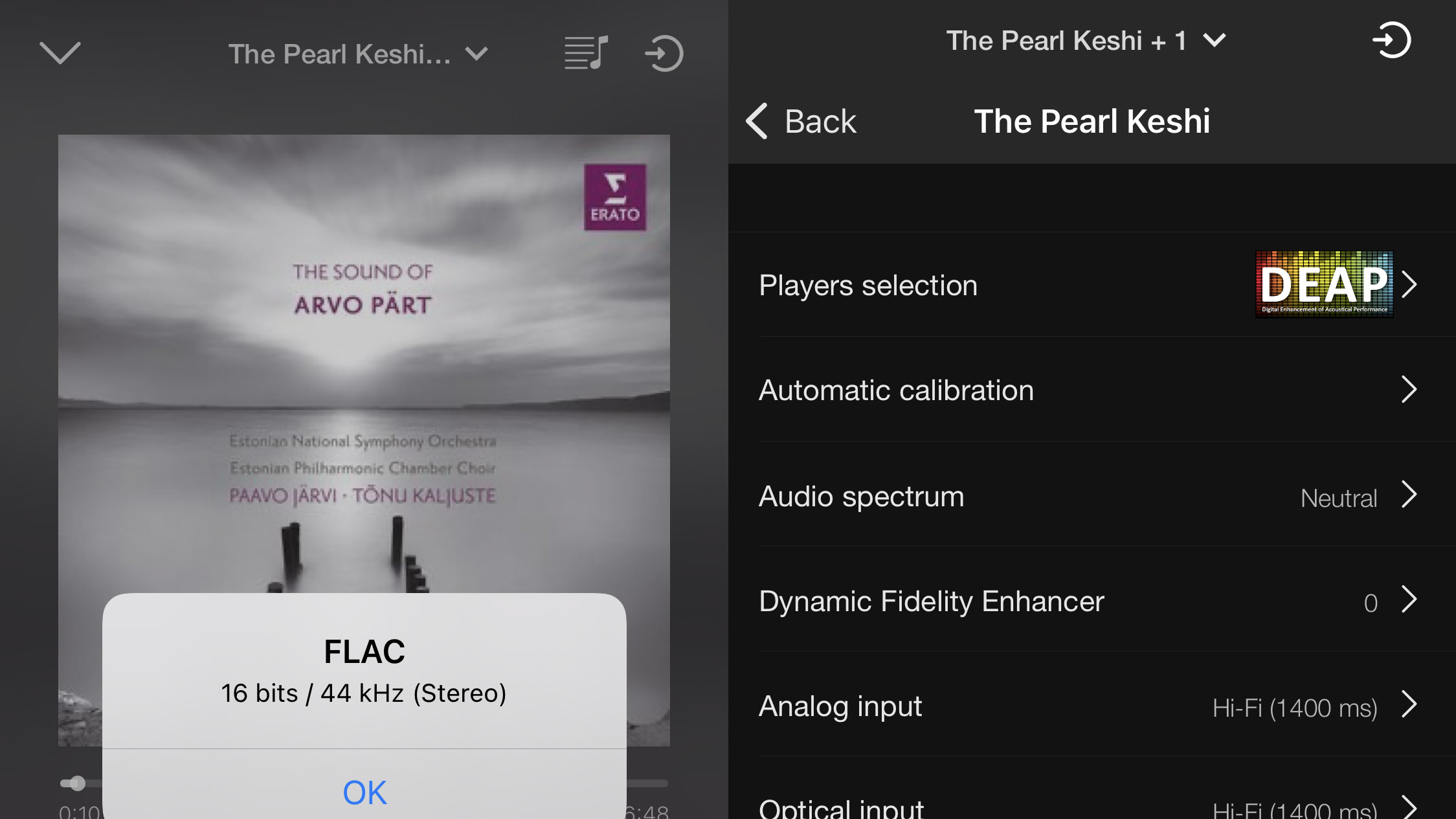
As far as usability goes, the Cabasse offers a choice between ‘practical and extensive’ and ‘a bit flash and over-engineered’.
The Cabasse Streamcontrol app is the former: it’s stable and useful, with a stack of functionality, a helpful and effective room calibration option and exhaustive control options (including the ability to integrate the system into your Google Home or Amazon Alexa voice-control network).
The latter is the remote control handset: even Cabasse has to draw the line somewhere, so the remote is a circular puck rather than a sphere – it connects to the subwoofer via Bluetooth, so the battery lasts ages (good) and if you don’t use it for a while it needs re-pairing (not so good). Functionality is restricted to the essentials, and the rotating casework/volume control is a showy touch.
Cabasse Pearl Keshi review: Verdict
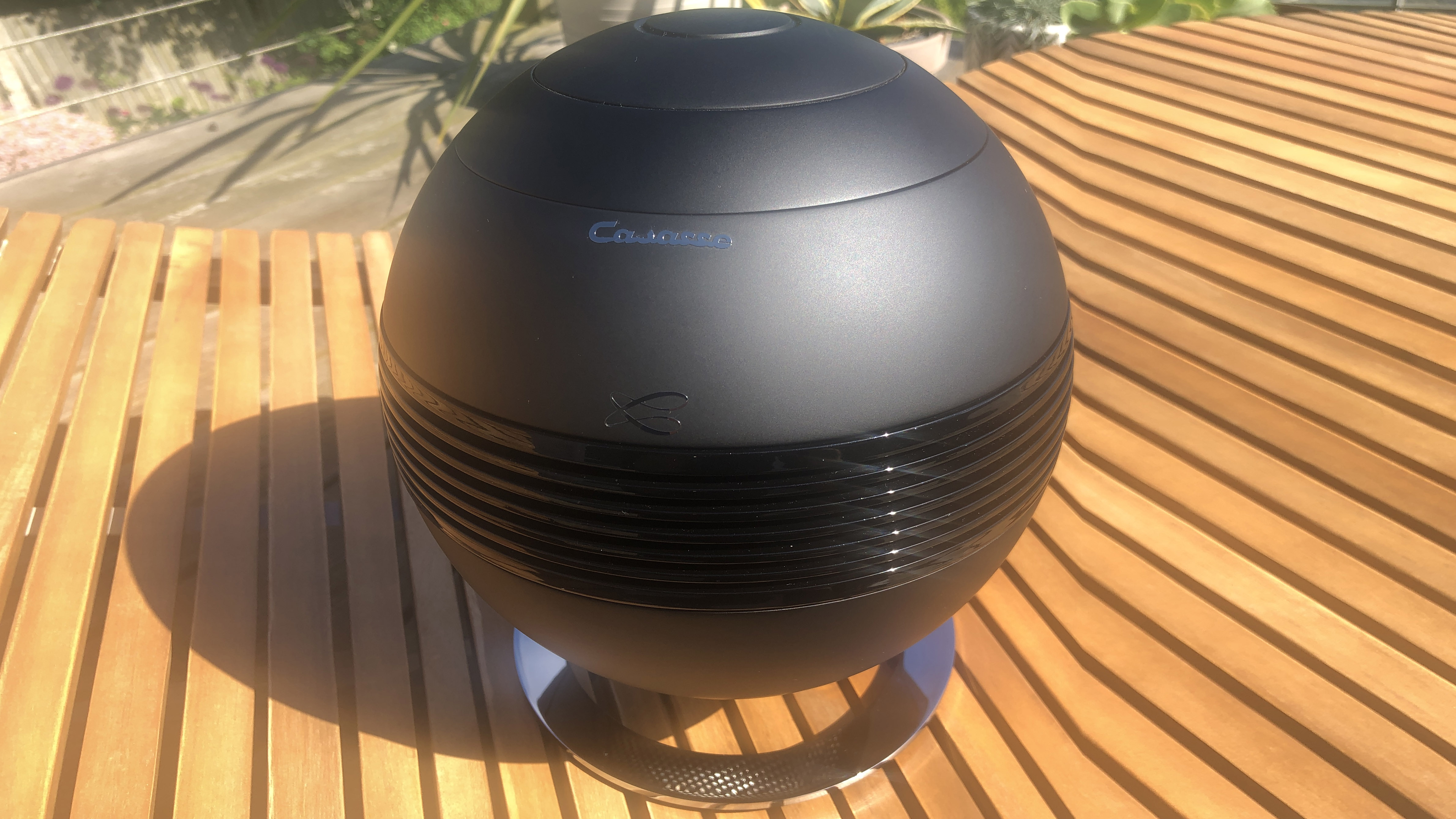
Even for an all-in streaming system, one from a covetable brand and, what’s more, one that’s been thoroughly designed, the Cabasse Pearl Keshi seems expensive – so it needs to perform flawlessly if it’s going to justify that asking price.
But it doesn’t, meaning the Keshi turns out to be more a triumph of style than substance. This 2.1 system is a fine idea in principle, and in practice it’s not without its plus points, but the overall sound is on the overly bassy side which, to our ears, makes it sound 'wonky'.
Also consider
It lacks some of the visual flamboyance of the Pearl Keshi system, but KEF’s LS50 Wireless loudspeaker system leaves the Cabasse floundering when it comes to sound quality. This system is every bit as flexible as the Pearl Keshi, but has an altogether better-balanced and, ultimately, more convincing sound.
Sign up to the T3 newsletter for smarter living straight to your inbox
Get all the latest news, reviews, deals and buying guides on gorgeous tech, home and active products from the T3 experts
Simon Lucas is a freelance technology journalist and consultant, with particular emphasis on the audio/video aspects of home entertainment. Before embracing the carefree life of the freelancer, he was editor of What Hi-Fi? magazine and website – since then, he's written for titles such as Wired, Metro, the Guardian and Stuff, among many others. Should he find himself with a spare moment, Simon likes nothing more than publishing and then quickly deleting tweets about the state of the nation (in general), the state of Aston Villa (in particular) and the state of his partner's cat.
-
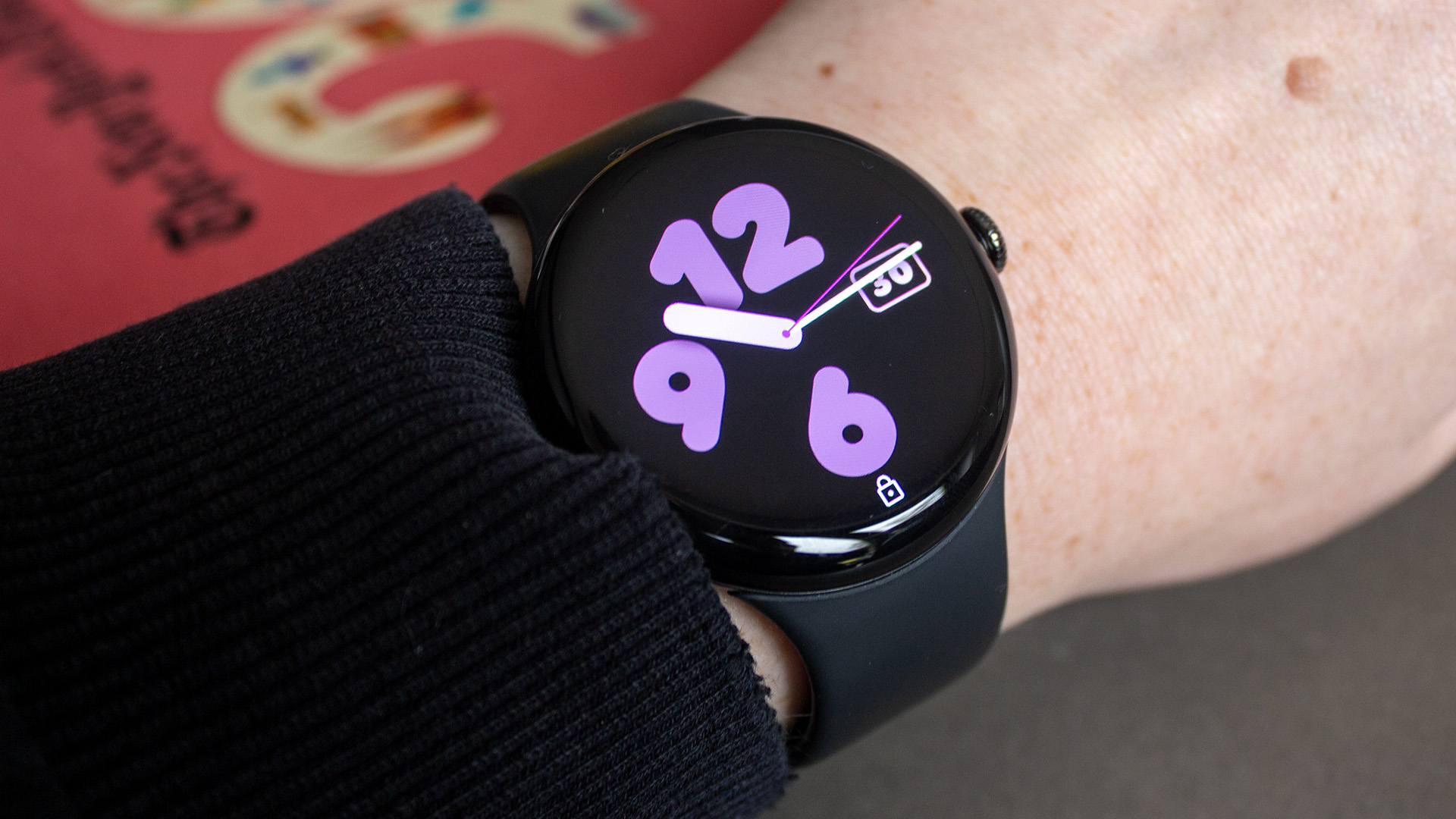 Your WearOS watch will get arguably the biggest app update in a generation soon
Your WearOS watch will get arguably the biggest app update in a generation soonThis could be a gamechanger
By Sam Cross Published
-
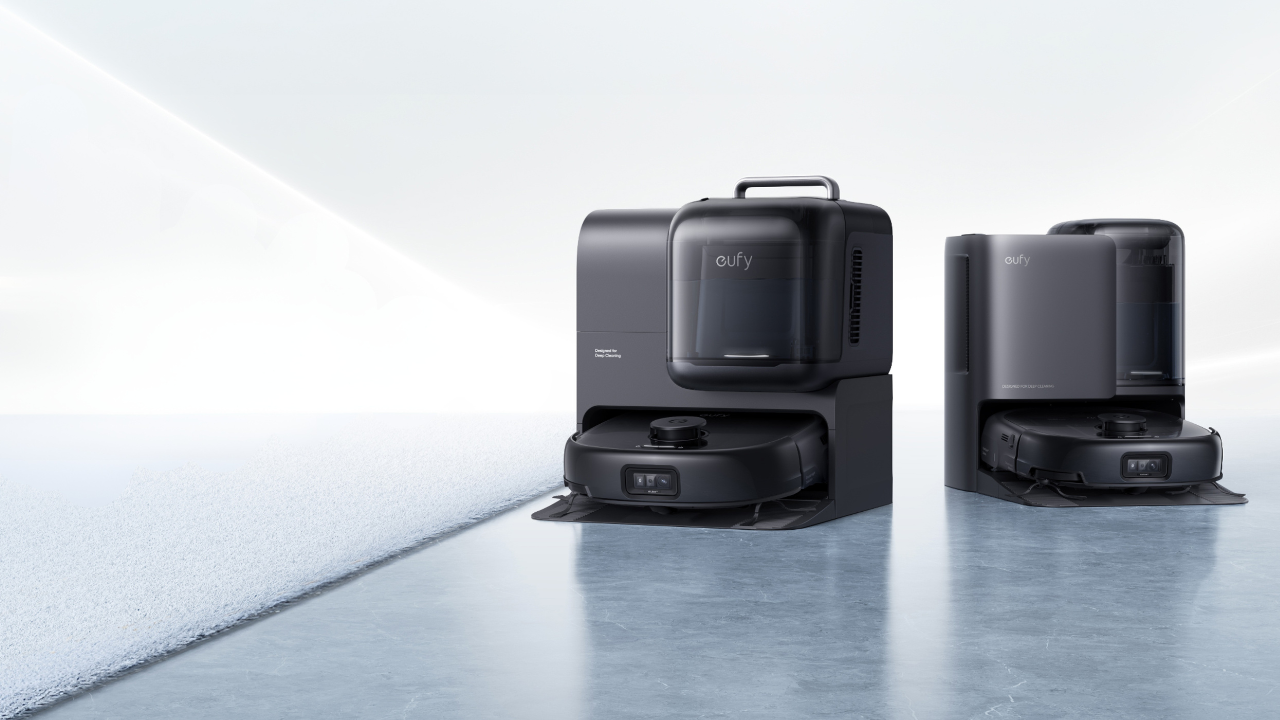 Eufy’s latest robot vacuum doubles as a portable deep cleaner for spot cleaning
Eufy’s latest robot vacuum doubles as a portable deep cleaner for spot cleaningA global first in home cleaning tech
By Lizzie Wilmot Published
-
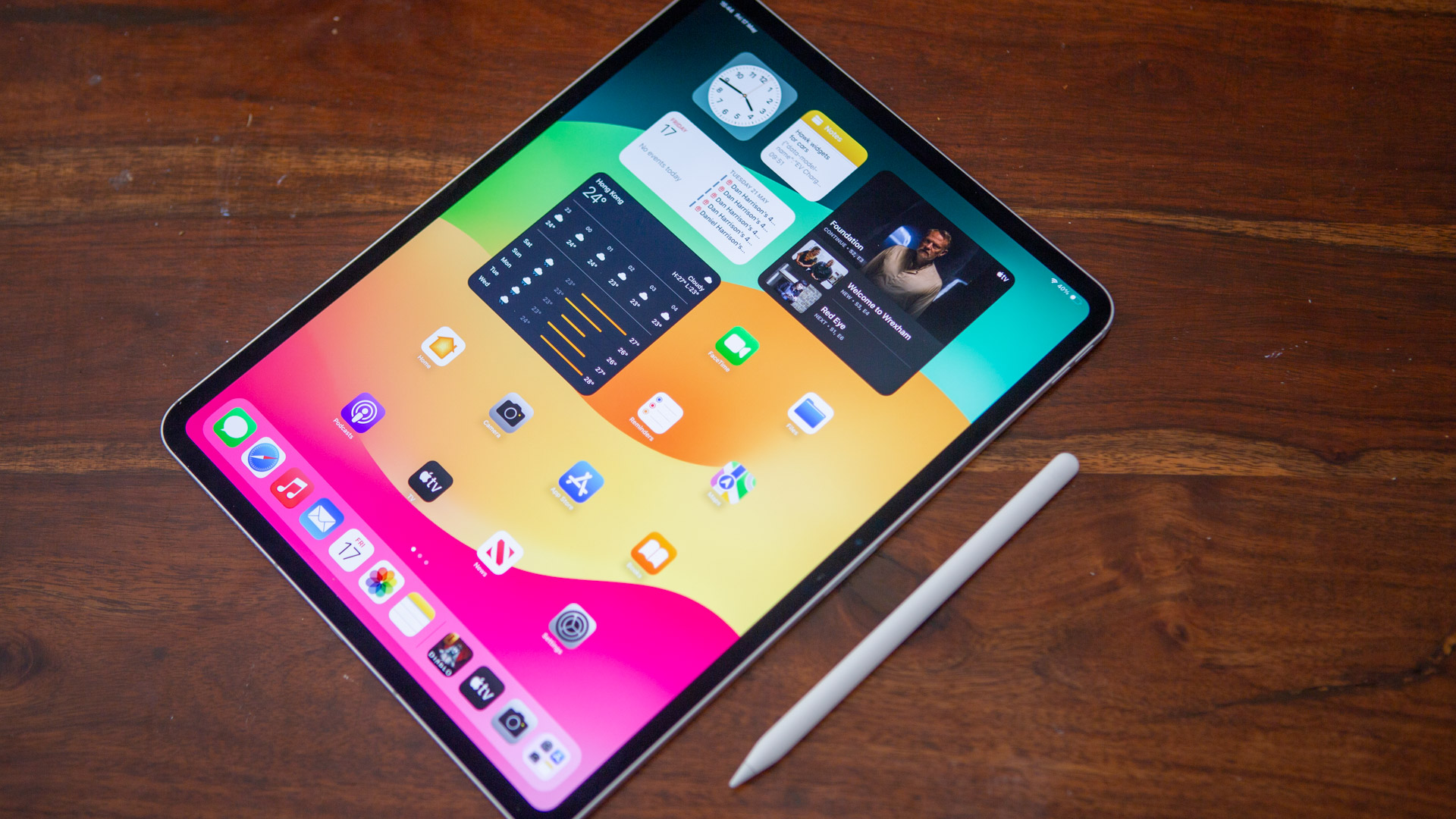 iPad reportedly getting major makeover and your current model could benefit too
iPad reportedly getting major makeover and your current model could benefit tooApple is said to be making a change that iPad power users have been wanting for years
By Carrie Marshall Published